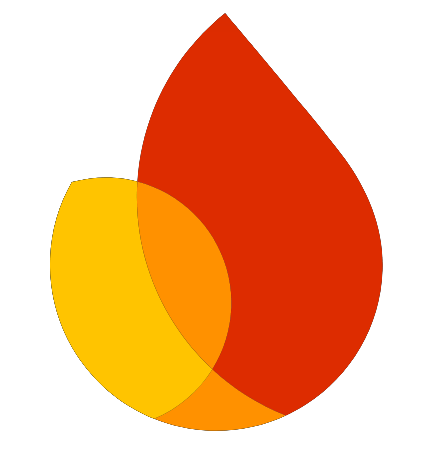
Ripped from the Headlines, Part Deux!

CO2 levels the highest ever measured. The last time there was this much CO2 in the air, Titanis terror birds roamed the Earth.
An extra tidbit: a study surveying half a million workers found that physically demanding jobs will help you live longer.
Warmup Question: Why are Bioswales an example of green building? (responses)
Apply table and graph reading skills to solve three green trades math problems:
What follows are the procedures for calculating how green a building is.
Green Math Calculations
Let’s start with
Heat Transfer through a Wall. You’ll need to find three numbers:
- The Thermal Conductivity number, given building material.
- The Area the heat gradient is going through. We will use one of three rooms.
- The “delta T” — the change in temperature. Each problem will give you two temperatures. Do the takeaway.
And now Solar Panels. You’ll need to find, … another three numbers:
- The Insolation number, given city and month.
- The number of daylight hours.
- The area of the solar panel in square meters.
And finally, Heat Pumps. Another three numbers:
- Mass Flow Rate. Given in the problem.
- Heat Capacity of the coolant.
- Another delta T.
That’s it for Green Trades Math.










